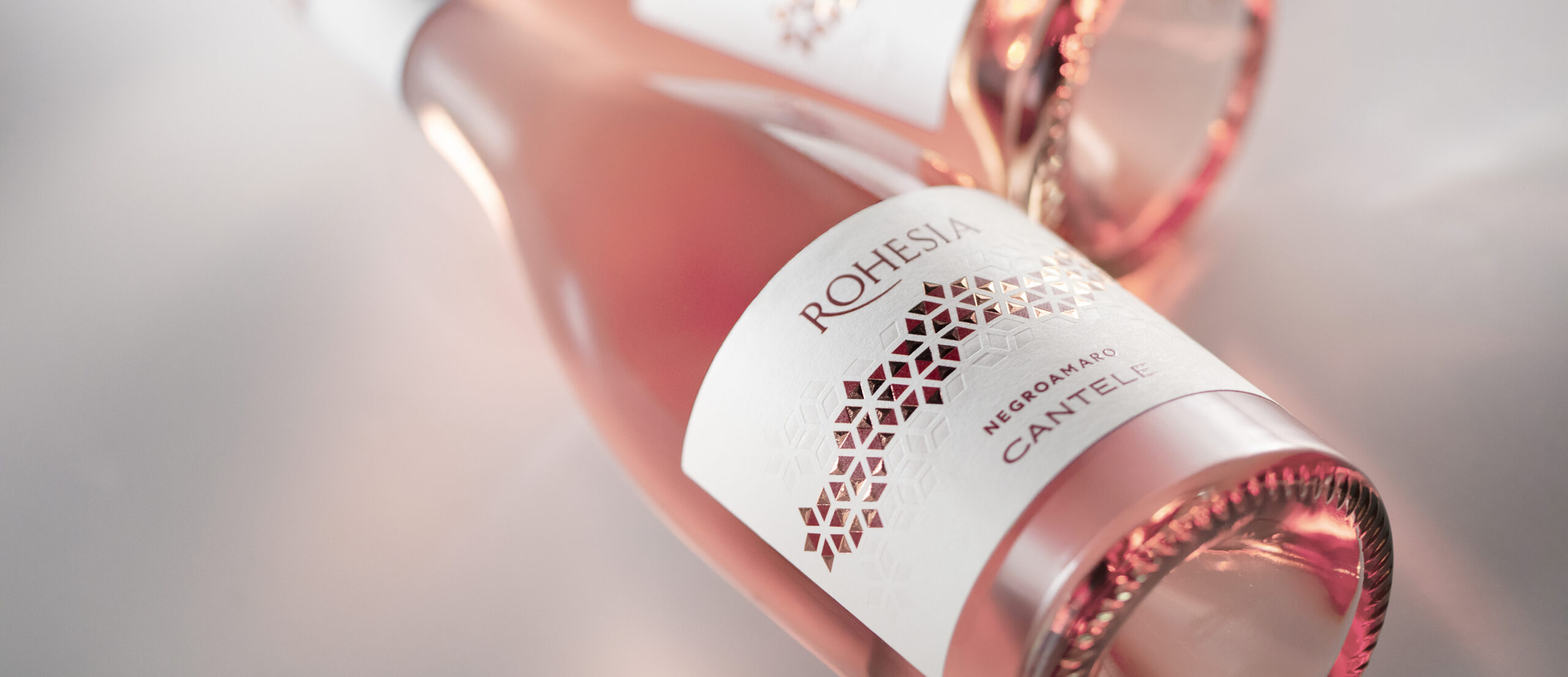We are thrilled to announce that Rohesia Negroamaro Rosato 2024 will be the first wine from our winery to feature a screw cap closure. This is a forward-looking choice, despite the traditional skepticism of Italian consumers towards this technology. However, we firmly believe that innovation and quality go hand in hand.
Back in 2020, when we upgraded our bottling line, we had already planned to introduce an alternative closure system. Today, with the adoption of the VinTop screw cap, developed by Alplast (a leader in high-quality wine and food closures) in collaboration with Vinventions (a global leader in complete wine closure solutions), that vision becomes a reality.
A New Standard in Protection and Design
This innovative closure combines modern, elegant design with exceptional protection: its ultra-low oxygen permeability (OTR < 0.1 mgO2/year) outperforms traditional closures by over ten times.
Quality and Sustainability at the Forefront
• 100% recyclable material with no loss of quality over time.
• No need for a traditional capsule, further reducing our carbon footprint.
According to a Nomisma Wine Monitor survey, 55% of consumers consider aluminum more sustainable than cork, and 70% appreciate the convenience of screw caps. Globally, this closure is now used in 40% of wines, including premium segments. In New Zealand, for example, screw caps are the standard, sealing 100% of Sauvignon Blancs and the majority of Pinot Noirs. In Europe, more and more high-end wines are adopting this technology. Continue reading Rohesia rosato: unscrew every doubt!

